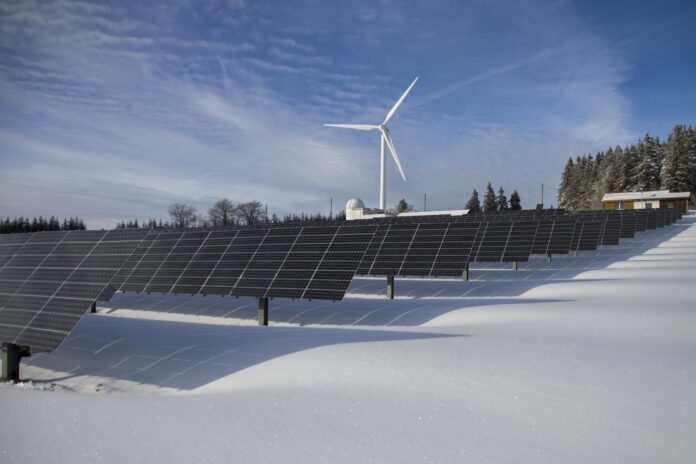In 2023, the renewable energy sector reached new heights with the addition of 473 GW in global capacity, a 54% increase from the previous year. This marks the largest annual growth in renewable energy since 2000, showcasing significant strides in the shift away from fossil fuels. Solar photovoltaic (PV) and onshore wind accounted for over 95% of this new capacity. Solar PV alone added 346 GW, an increase of 73%, while onshore wind grew by 104 GW, reflecting a 48% year-on-year rise. Offshore wind also contributed with 11 GW, though still below its 2021 record.
China played a pivotal role, being the largest market for solar PV, onshore wind, offshore wind, and hydropower. This dominance helped push down the global weighted average cost of electricity (LCOE) for these technologies. As a result, renewable power generation has become increasingly competitive, with 81% of renewable capacity added in 2023 producing electricity cheaper than fossil fuel alternatives.
Technology cost reductions continued in 2023, particularly in solar PV and wind. The global average cost of utility-scale solar PV fell by 12%, reaching USD 0.044 per kilowatt-hour (kWh). Onshore wind costs dropped to USD 0.033/kWh, and hydropower also experienced a 7% decrease. Offshore wind, though adding significant capacity, saw slower cost declines.
Battery storage has seen explosive growth, with 95.9 GWh of gross capacity added in 2023, up from just 0.1 GWh in 2010. Between 2010 and 2023, the cost of battery storage projects dropped by 89%, falling from USD 2,511/kWh to USD 273/kWh. These advancements have made energy storage more accessible, aiding in balancing the intermittent nature of renewable energy sources.
Despite these achievements, the world still faces the challenge of tripling its renewable capacity by 2030, as agreed upon during COP28. The path forward requires key enablers, including infrastructure development, energy storage, and policy support to ensure renewables can continue growing at the necessary pace. Achieving these targets would reduce reliance on volatile fossil fuel markets, enhance energy security, and lower electricity system costs, all while supporting global climate goals.
In conclusion, while the world is making significant progress in adopting renewable energy, there is still much to be done. The transition to a more sustainable energy future requires international cooperation, policy adjustments, and investments in technology to ensure that renewable energy can meet the growing demand for electricity and contribute to global efforts to mitigate climate change.
Please view the report here for more details.
Related




